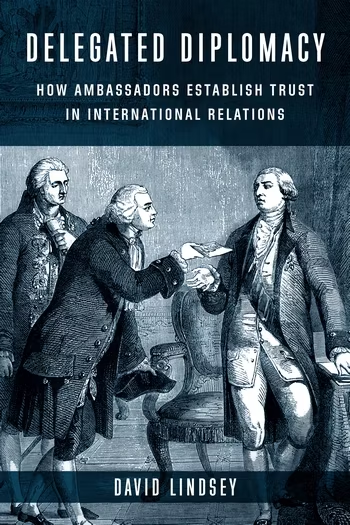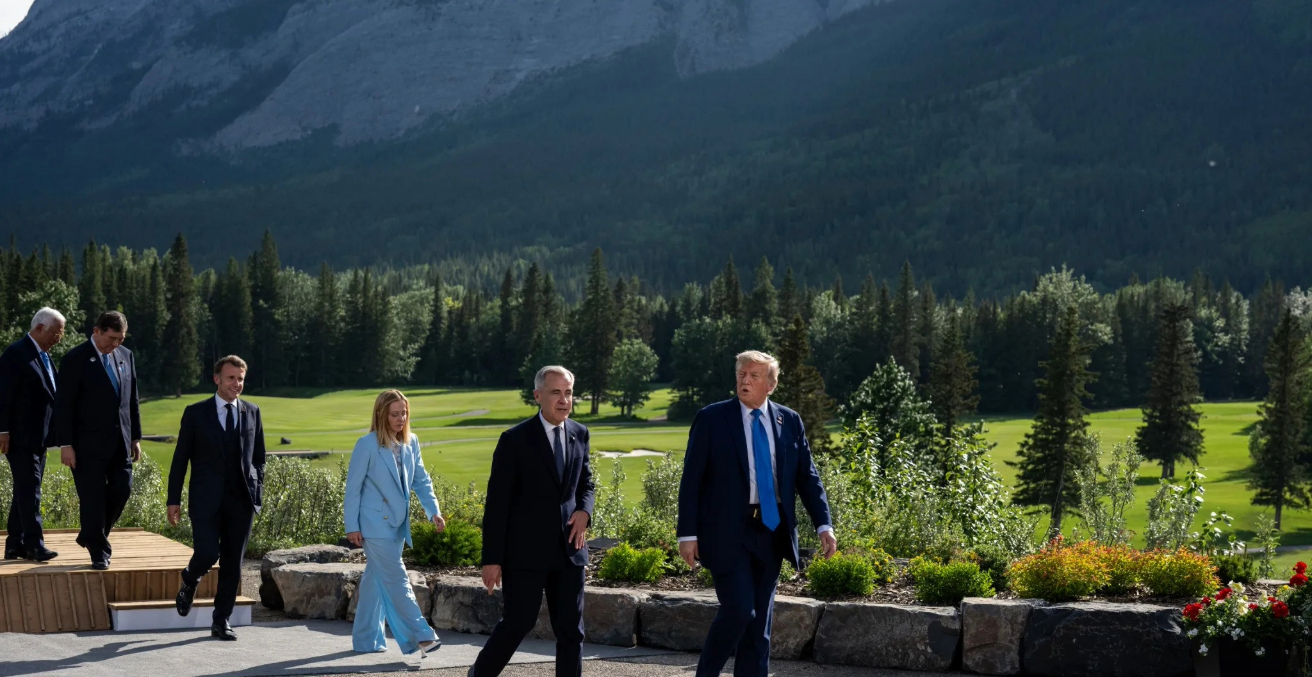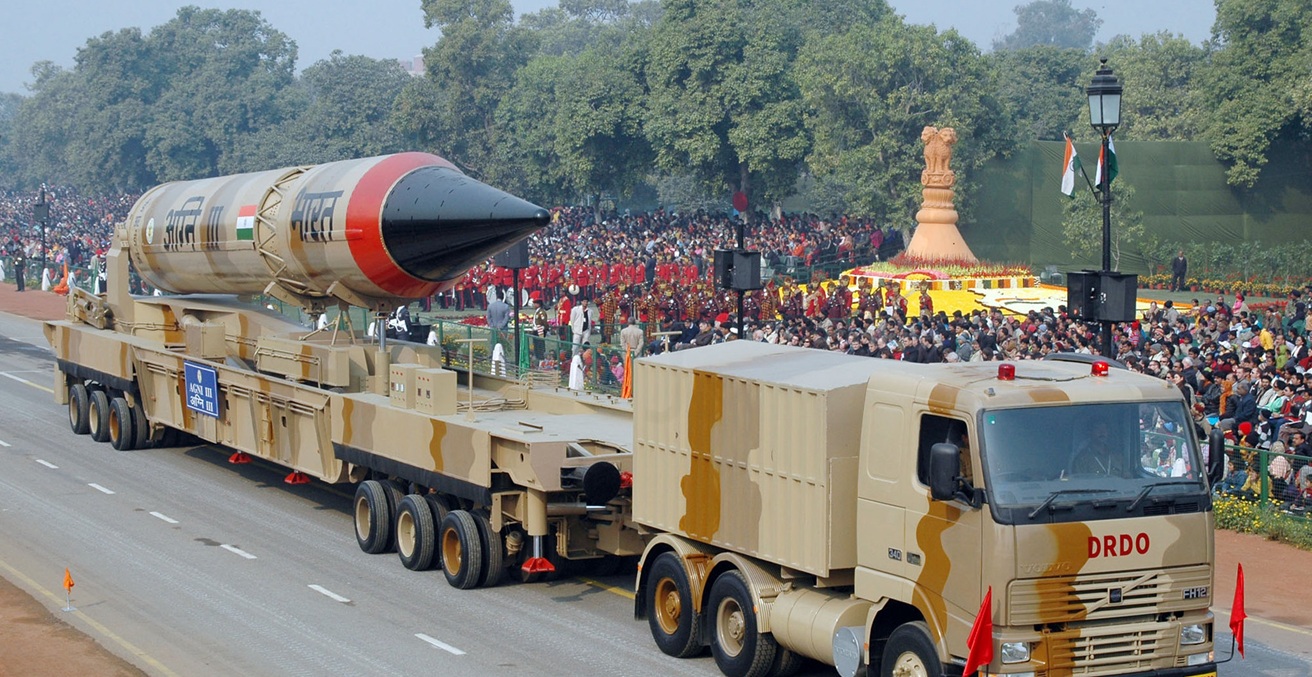Experience in New Zealand illustrates that cultural integration of indigenous peoples can lead to stronger outcomes of representation in the military. For countries like Australia and Canada, a shift in recruitment strategies begins with cultural awareness.
Over the past decade, the governments of Anglo-settler societies such as Australia, Canada, and New Zealand have actively promoted the inclusion of Indigenous peoples in their respective defence forces. While there may be assertions of strategic advantages, the core objective is primarily centred on fostering reconciliation. These three countries share a similar history of British colonisation and grapple with the legacies of Indigenous dispossession through a commitment to reconciliation and policies of inclusion and integration. Defence has been identified as a sector that can bolster reconciliation by promoting Indigenous inclusion in the workforce and integration into society.
Defence aims to be an employer of choice for the young and growing Indigenous population of Australia, Canada, and New Zealand. New Zealand leads the way in Indigenous military integration with a Māori representation in the regular forces of 17.7 percent (2021), comparable to the 17.4 percent of the national population. In Australia, Indigenous people make up 3.7 percent (2021) of the Australian Defence Force, also aligning with the national population demographics. The goal is to reach a representation of 5 percent by the year 2025. In Canada, Indigenous representation in defence is lower at 2.7 percent (2020), roughly half their proportion of the national Indigenous population, with a goal of increasing this number to 3.5 percent by 2026.
All three countries have a history of Indigenous people serving in the militaries of settler governments. Every Indigenous person had their own reasons for joining the military, but, as a collective, Indigenous people have served in settler militaries to negotiate their position in settler societies and navigate policies of exclusion and assimilation. During the two World Wars, Canada and Australia lacked recruitment policies for Indigenous people, and, in fact, actively discouraged their participation. In Australia, Indigenous people were exempted from service, and those who enlisted did so disguising their identity. In Canada, Indigenous people were not exempted but were not encouraged either. In New Zealand, the recruitment of Māori peoples was advocated and promoted by Māori members of Parliament. The Māori Contingent participated in the Gallipoli Campaign, and the 28th Māori Battalion in World War II is one of the most celebrated and decorated units in the New Zealand forces. Māori participation in the World Wars enabled the consolidation of the construct of Māori as a martial race, that is, a people naturally “predisposed to the art of war.”
The experience of racism and discrimination upon return from war galvanised Indigenous peoples in all three countries to campaign for Indigenous rights and change policies of exclusion. Settler governments responded with policies intended to assimilate Indigenous people in the dominant settler culture. Indigenous military service was subsequently promoted as a demonstration of successful Indigenous assimilation.
Following the Indigenous struggles to end assimilation between the 1960s and 1990s, the three countries adopted a framework of reconciliation to foster meaningful relationships between Indigenous peoples and settler society. In this context, national militaries began implementing changes to accommodate diversity and promote the participation of Indigenous people. In the mid-1990s, New Zealand adopted a bicultural approach which transformed its military. In 1994, the New Zealand Army was recognised as a iwi (Māori social structure, often translated as tribe) and took the name of Ngāti Tumatauenga – “Tribe of the God of War.” Each of the services established Marae, Māori meeting places that symbolise belonging and serve for practicing rituals and ceremonies. In 2004, Māori knowledge was introduced in military curricula to be taught to both Māori and non-Māori soldiers, and leaders were encouraged to learn Māori language and culture.
Canada and Australia have not been as proactive as New Zealand. Rather than promoting a bicultural system, the Defence of these two countries has prioritised recruitment programs and campaigns to attract more Aboriginal people. These include pre-recruit programs, Indigenous development programs, youth programs, and more recently, graduate programs. The Australian Defence Force and the Canadian Armed Forces have Aboriginal cultural advisors and mentorship programs. Nevertheless, they struggle with Indigenous retention in the regular forces. Structural racism, disappointment at their inability to improve wellbeing in communities, and lack of support from leadership are reasons for Indigenous people to leave defence.
The introduction of biculturalism by the New Zealand Defence Force is identified as a key strength in their approach, setting a best practice example for Australia and Canada to consider. The New Zealand Defence Force distinguishes itself as a unique military organisation that adheres to the British military structure while drawing from Māori warrior ethos and values. Importantly, the effectiveness of biculturalism rests on the involvement of leadership. Australia and Canada face a challenge in implementing biculturalism due to the greater diversity within their respective Aboriginal populations compared to the Māori. While Māori also have tribal and cultural variations, their community is relatively more homogeneous, sharing a common language. In contrast, Australian and Canadian Aboriginal communities exhibit significant diversity with distinct customs and languages, thus posing a greater challenge to achieving military biculturalism.
Australia and Canada have achieved greater success in integrating their Aboriginal populations into the Army reserve units, specifically within the Regional Force Surveillance Units and the Canadian Rangers, respectively. These units operate domestically to support sovereignty operations and their presence is primarily in the remote northern regions where Indigenous population density is higher. They have become employers of choice for Indigenous people in remote northern communities. In Canada, Indigenous Canadians account for 26 percent of the Canadian Rangers, while in Australia, Indigenous Australians make up as much as 60 percent of NORFORCE, the Regional Force Surveillance Unit based in the Northern Territory. These reserve Army units have not only increased their Indigenous representation in numbers but have also adapted culturally and structurally to accommodate Indigenous diversity. Notably, they recognise the value of Indigenous personnel’s knowledge of the land and their connections with local communities as strategic assets for conducting territory reconnaissance and gathering essential intelligence to support their missions.
Ultimately, the data suggests that defence is more likely to attract and retain Indigenous people when cultural diversity is not only accommodated but integrated and seen as a strategic asset. This requires transformations at the level of organisation and leadership.
Dr Federica Caso is a lecturer in International Relations at La Trobe University. Her research examines gender and race in the military, war, and peacebuilding. She is currently pursuing two research projects on Indigenous military integration and on Feminist Foreign Policy as a tool of peacebuilding. Her book Settler Military Politics: Militarisation and the Aesthetics of War Commemoration will be published next year by Edinburgh University Press.
This article is published under a Creative Commons License and may be republished with attribution.




